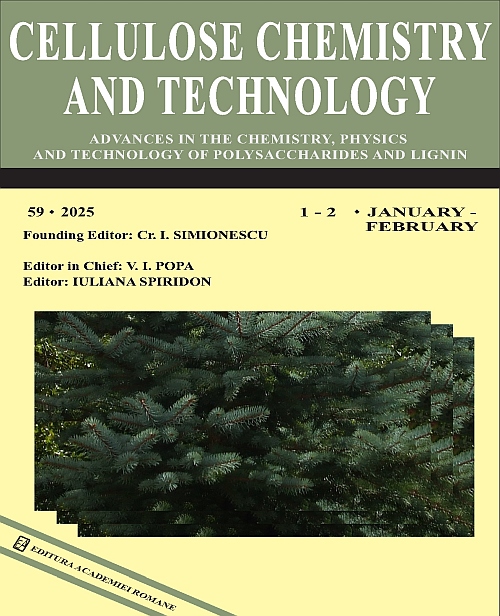|
Title
Influence of washing on comfort properties of woven fabrics intended for reusable protective clothing for medical personnel
Authors
DRAGAN DJORDJIC, MATEA KORICA, KOVILJKA ASANOVIC and MIRJANA KOSTIC
Received
May 28, 2025
Published
Volume 59 Issue 7-8 July-August
Keywords
medical protective clothing, reusable, washing, comfort properties, structural characteristics
Abstract
In this work, the influence of washing on the comfort properties of woven fabrics intended for reusable protective
clothing used by medical personnel was investigated. More specifically, three different woven fabrics based on cotton
in twill 3/1 weave, cotton/polyester blend in twill 2/1 weave, and cotton/polyester blend in twill 3/1 weave were
investigated. Their comfort properties (air permeability, water vapor transmission rate, volume electrical resistivity,
compressibility, and compressive resilience) were monitored before and after 60 washing cycles. To better understand
the changes in their comfort properties caused by washing, their structural characteristics (number of threads per unit
length, warp and weft crimp, mass per unit area, and thickness) and electrokinetic (zeta potential) properties were also
evaluated before and after 60 washing cycles. All investigated woven fabrics showed decreased air permeability and
water vapor transmission rate, as well as increased volume electrical resistivity after 60 washing cycles. Woven fabric
based on cotton in a twill 3/1 weave showed reduced compressibility and increased compressive resilience after 60
washing cycles. In contrast, woven fabrics based on cotton/polyester blend in twill 2/1 and 3/1 weave showed increased
compressibility and decreased compressive resilience after 60 washing cycles.
Link
https://doi.org/10.35812/CelluloseChemTechnol.2025.59.76
|



